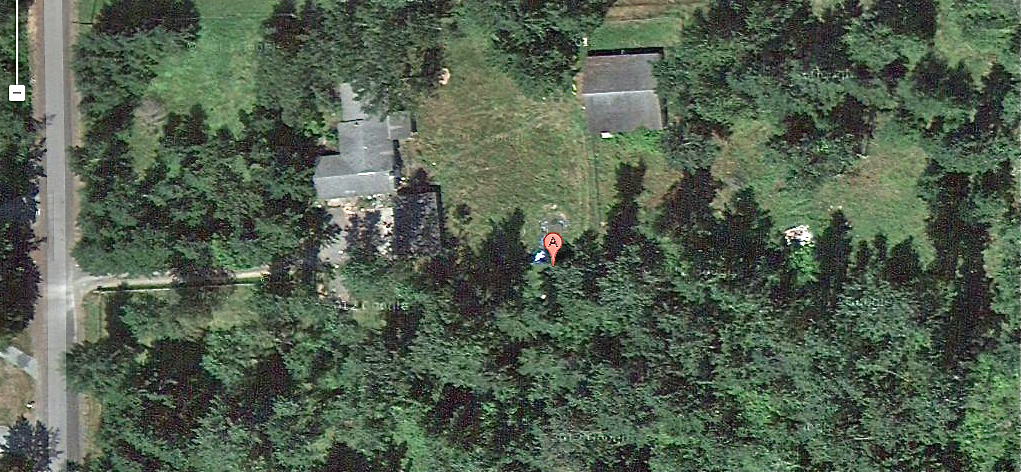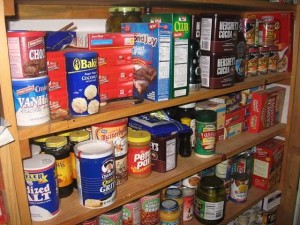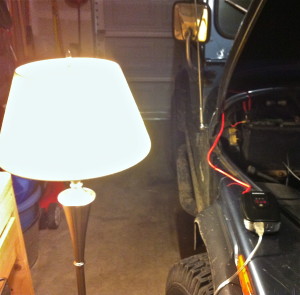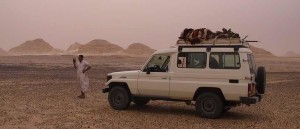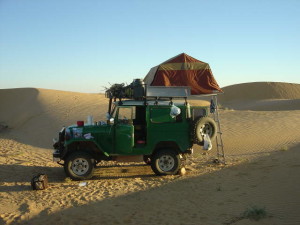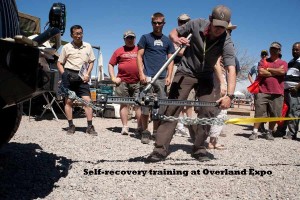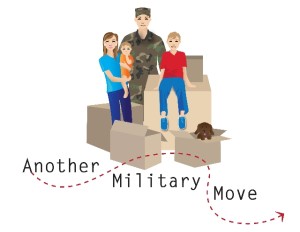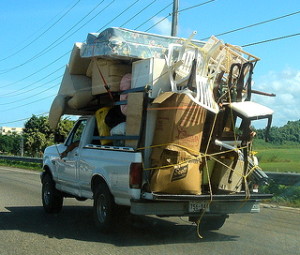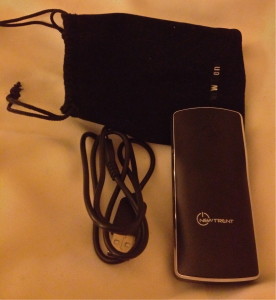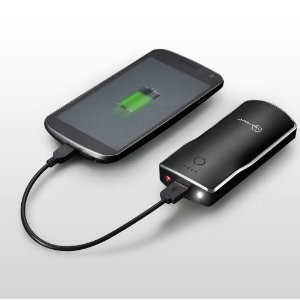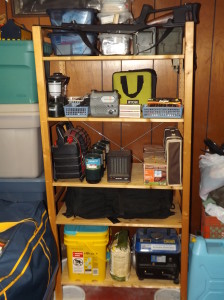This is a little bit different kind of a blog post for me, but it’s a big deal in our life — especially as preppers.
 We’re trying to buy a rural homestead. It’s a 5-acre property with a 40-year-old rambler house (2400 square feet), a large garage, and a large one-story barn. The property is flat, completely usable, and fully fenced. It’s about half forested, but open enough to easily walk through. Though it’s only 15 miles south of where we are currently living (still close to where my kids live), it’s in a very rural area far off the beaten path, on a dead-end road. From the house we can see one neighbor’s home, and the smoke from the chimneys of about two others. The land, location, and the outbuildings are amazing — the residence will take some work.
We’re trying to buy a rural homestead. It’s a 5-acre property with a 40-year-old rambler house (2400 square feet), a large garage, and a large one-story barn. The property is flat, completely usable, and fully fenced. It’s about half forested, but open enough to easily walk through. Though it’s only 15 miles south of where we are currently living (still close to where my kids live), it’s in a very rural area far off the beaten path, on a dead-end road. From the house we can see one neighbor’s home, and the smoke from the chimneys of about two others. The land, location, and the outbuildings are amazing — the residence will take some work.
 We’ve been in the process of trying to buy this home, via a short sale, since January. At that time we signed a full price contract and the bank had 90 days to approve the short sale.
We’ve been in the process of trying to buy this home, via a short sale, since January. At that time we signed a full price contract and the bank had 90 days to approve the short sale.
Last week (on day 89 of 90) the bank approved the short sale to go forward, so that’s when the “clock” for the sale itself started. We had ten days to get the house inspected and make our initial requests of the sellers.
We got it inspected last Sunday, the house has many, many issues — BUT the structure itself 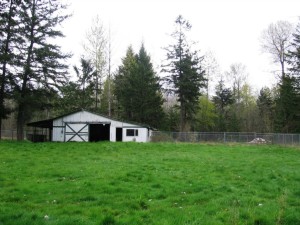 (walls, roof, foundation) is solid and in very good condition after all the years (built in ’72). We believe the house is well-built and definitely worth repairing/remodeling/rebuilding as needed. There are many things in the house that are original, and obviously after 40 years most would need replaced. The seller is as motivated as he can be, considering it’s been on the market for two years, sat empty for a year, has gone to short sale, and he’ll be making no money — but he’s doing what he can to get it looking as good as he is able (mostly labor, not money).
(walls, roof, foundation) is solid and in very good condition after all the years (built in ’72). We believe the house is well-built and definitely worth repairing/remodeling/rebuilding as needed. There are many things in the house that are original, and obviously after 40 years most would need replaced. The seller is as motivated as he can be, considering it’s been on the market for two years, sat empty for a year, has gone to short sale, and he’ll be making no money — but he’s doing what he can to get it looking as good as he is able (mostly labor, not money).
We’re using my VA loan (our only real option for financing) and that is moving forward. We will have a VA appraisal in the next couple of weeks. At that time, we understand, they’ll give us a list of what needs to be done/improvements made so that it can qualify for a VA loan (there will definitely be things that need done). Then we can negotiate with the seller and/or we’ll make the decision to spend the money ourselves so that it can qualify or, if it’s too much, we may have to decide to walk away.
So we’re well into the process. We’re excited. The property and location, in addition to the outbuildings, could be made into an amazing homestead. The house itself is worth rebuilding and making our own — hopefully the VA appraiser will agree with us. I have the skills to do much of the work, and friends who can help with the rest.
Anyway, since this has been a dream for long time, and it’s a huge deal it our lives, I wanted to share it.

